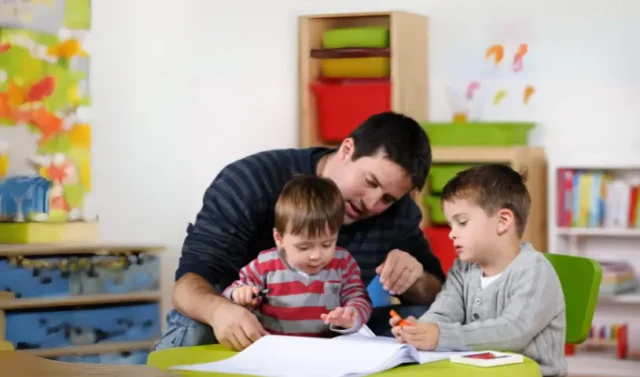Starting school can be both exciting and challenging, especially for young children who need extra support. For children with autism or developmental delays, entering a classroom setting may come with unique struggles in communication, focus, and social behavior. One method that has shown great promise in preparing these children for school is ABA Therapy—a structured, evidence-based approach that helps build essential skills in a supportive, step-by-step way.
What Is ABA Therapy?
ABA stands for Applied Behavior Analysis, a therapy that focuses on improving specific behaviors.
It teaches social, communication, and learning skills through positive reinforcement techniques.
School Readiness: More Than Just ABCs
School readiness means more than knowing the alphabet and numbers.
It includes emotional control, listening to instructions, making friends, and managing transitions.
ABA Therapy Builds Communication Skills
ABA helps children learn how to express their needs, answer questions, and engage in conversations.
This reduces frustration and boosts confidence, which are key for classroom success.
Developing Social Interaction Abilities
ABA teaches kids how to share, take turns, and work in groups.
These skills prepare them to participate in group learning and make friendships at school.
Focus and Attention in the Classroom
Many children with autism struggle to stay focused.
ABA uses repetition and motivation to help improve attention span and task completion.
Promoting Independence and Self-Care
From putting on shoes to washing hands, ABA encourages independence.
These daily skills are essential for young learners to thrive in a school environment.
Behavior Management for a Smoother Transition
Some children may have difficulty with sudden changes or frustration.
ABA helps them handle transitions more smoothly by teaching coping strategies and routines.
Using Play to Teach Learning Behaviors
ABA often uses play-based learning for young children.
This makes the therapy fun while helping them build important academic and behavioral skills.
Supporting Parents in the Process
ABA doesn’t just work with the child—it also guides parents and caregivers.
They learn how to continue supporting school readiness skills at home.
The Role of Virtual ABA in Modern Learning
In today’s digital world, virtual aba is becoming a valuable option for families.
Online sessions allow children to receive therapy at home, which can increase comfort and consistency in learning.
Preparing for Real Classroom Experiences
Therapists may simulate school activities during ABA sessions.
This helps children practice sitting at a desk, following a routine, and responding to teachers.
Customizing Therapy for Individual Needs
Every child is unique, and so is their ABA plan.
Therapy goals are based on a child’s strengths, challenges, and pace of learning.
Early Intervention Makes a Difference
Starting ABA therapy at a young age increases the chances of school success.
The earlier the support begins, the better prepared the child will be for kindergarten or preschool.
Building Confidence in Learning Settings
Children gain confidence as they master small skills over time.
This sense of achievement helps them feel ready and excited to join their peers at school.
Collaboration Between Therapists and Educators
ABA professionals often work with schools to create smooth transitions.
They may help develop strategies that teachers can use in the classroom.
Success Stories That Inspire
Many children who received ABA therapy enter school more prepared and confident.
Parents often report improved communication, behavior, and social participation within just a few months.
Concluding Thoughts
ABA Therapy plays a powerful role in building the skills needed for school success.
Whether delivered in person or through virtual ABA, it offers structured, personalized learning.
With support from therapists, families, and educators, children can enter school ready to thrive.
School readiness is not just possible—it’s achievable with the right tools and teamwork.






